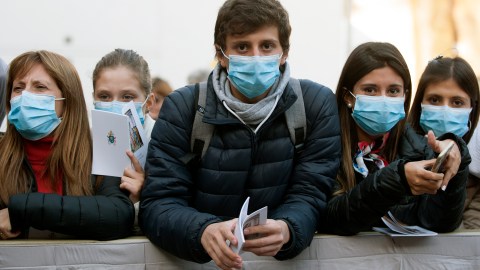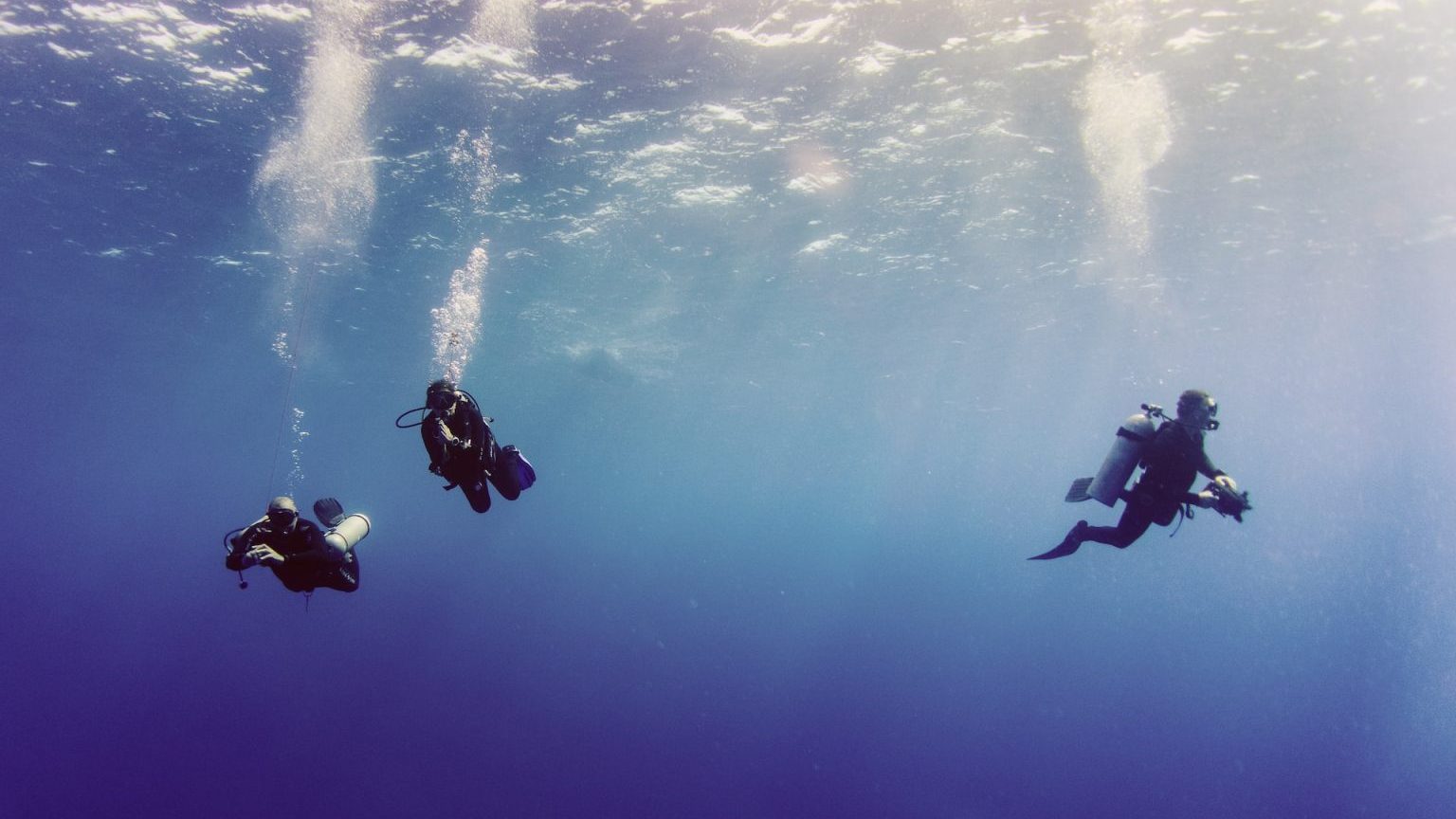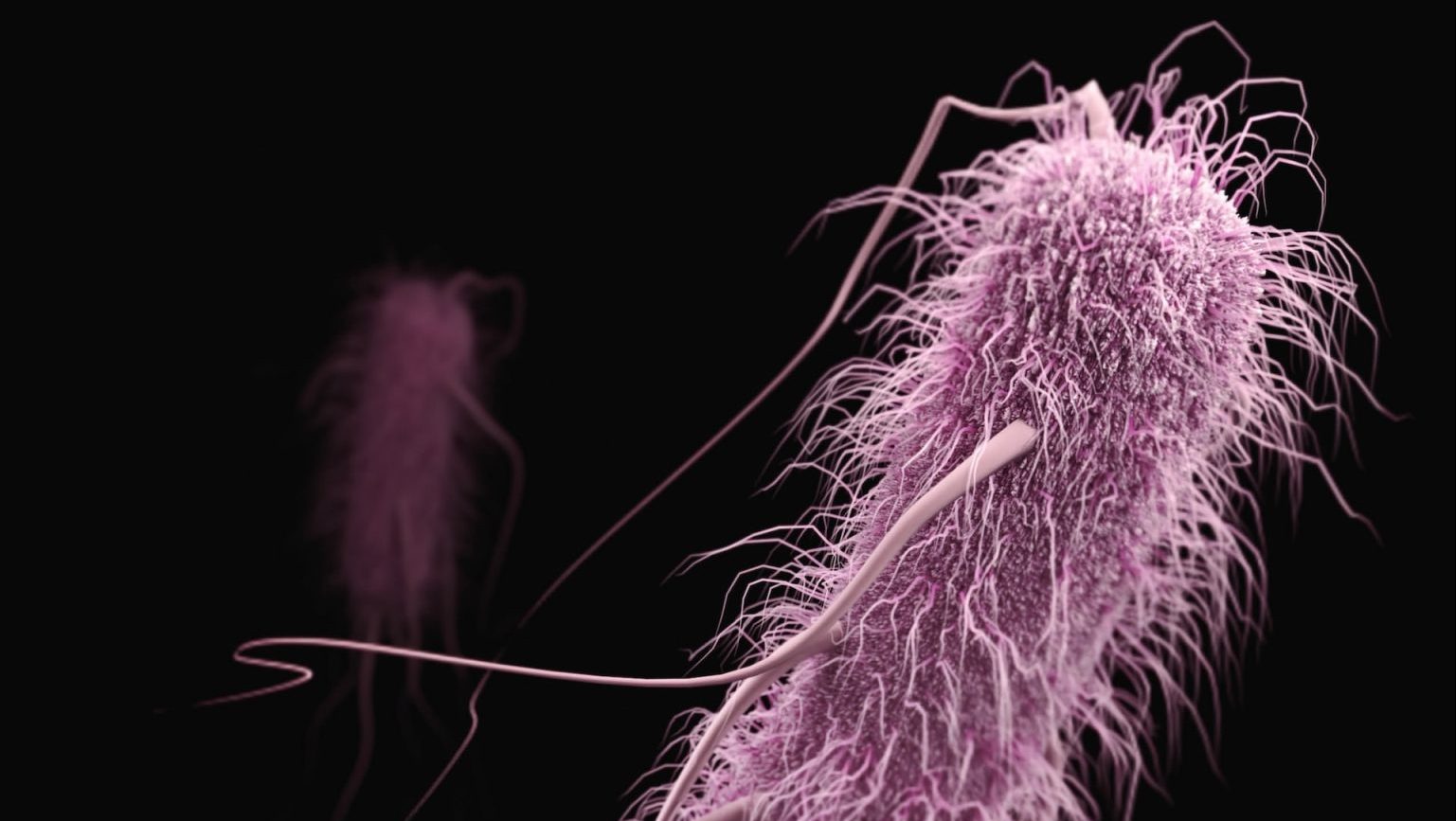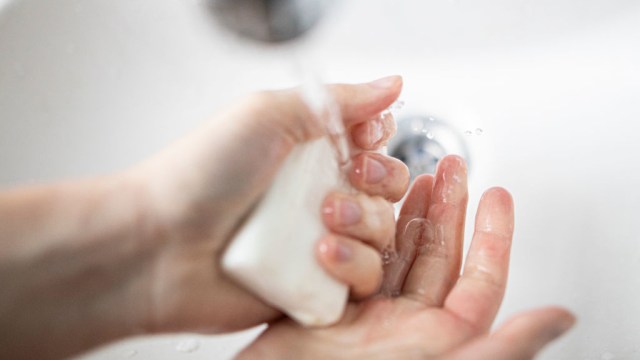How coronavirus spreads from person to person

Vatican Pool - Corbis / Getty
- The novel coronavirus has so far killed 3,000 people and infected 90,000 others worldwide, as of early March 2020.
- The virus spreads mainly from person to person, but it can also spread when someone touches an infected surface or object.
- The Centers for Disease Control (CDC) has issued several strategies for preventing the contraction and spread of coronavirus.
- The novel coronavirus has so far killed 3,000 people and infected 90,000 others worldwide, as of early March 2020.
- The virus spreads mainly from person to person, but it can also spread when someone touches an infected surface or object.
- The Centers for Disease Control (CDC) has issued several strategies for preventing the contraction and spread of coronavirus.
Since it originated in an animal market in China late last year, the new strain of coronavirus has infected more than 90,000 people on six continents. One of the most pernicious aspects of the virus, called SARS-CoV-2, is that it can spread from person to person without ever causing symptoms. That makes it dangerously difficult to precisely track and contain the virus.
In Washington State, for example, a recent genetic analysis found that the virus had been silently circulating around communities before killing an elderly man last week, marking the second U.S. coronavirus death. The virus has so far killed about 3,000 people, mostly in China. It remains unclear just how deadly the outbreak will get before it ends, and whether a vaccine will be developed.
But scientists do have a basic understanding of how the virus spreads.
The Centers for Disease Control and Prevention (CDC) says that coronavirus spreads through droplets of mucus or saliva from an infected person. (Note: Coronavirus isn’t currently considered an airborne virus, though there’s some debate about this. Airborne viruses stay in the air longer than those transmitted by droplets, and they’re more easily transmitted from person to person.) Transmission occurs when someone comes into contact with these droplets, most likely after a nearby infected person sneezes, coughs, or breathes.
“This is why it is important to stay more than 1 meter (3 feet) away from a person who is sick,” the World Health Organization wrote.

Map of confirmed coronavirus cases. March 2, 2019.
Johns Hopkins Center for Systems Science and Engineering (CSSE)
The CDC notes that it’s also possible to contract coronavirus by touching infected surfaces or objects.
“It may be possible that a person can get COVID-19 [the disease caused by SARS-CoV-2] by touching a surface or object that has the virus on it and then touching their own mouth, nose, or possibly their eyes, but this is not thought to be the main way the virus spread,” the CDC wrote.
How to prevent the spread of coronavirus
To prevent the spread and contraction of the novel coronavirus, the CDC recommends the following strategies:
- Avoid close contact with people who are sick.
- Avoid touching your eyes, nose, and mouth.
- Stay home when you are sick.
- Cover your cough or sneeze with a tissue, then throw the tissue in the trash.
- Clean and disinfect frequently touched objects and surfaces using a regular household cleaning spray or wipe.
- Follow CDC’s recommendations for using a facemask.
- CDC does not recommend that people who are well wear a facemask to protect themselves from respiratory diseases, including COVID-19.
- Facemasks should be used by people who show symptoms of COVID-19 to help prevent the spread of the disease to others. The use of facemasks is also crucial for health workers and people who are taking care of someone in close settings (at home or in a health care facility).
- Wash your hands often with soap and water for at least 20 seconds, especially after going to the bathroom; before eating; and after blowing your nose, coughing, or sneezing.
- If soap and water are not readily available, use an alcohol-based hand sanitizer with at least 60% alcohol. Always wash hands with soap and water if hands are visibly dirty.
When thinking about how to avoid contracting the novel coronavirus, consider that many prevention strategies are the same steps you’d take to avoid catching the flu, such as washing your hands frequently (and well), and keeping your distance from people who are coughing or sneezing. If you think you may be sick, it’s important to visit your doctor as soon as possible, and be sure to alert them if you’ve traveled to any high-risk cities or countries.





